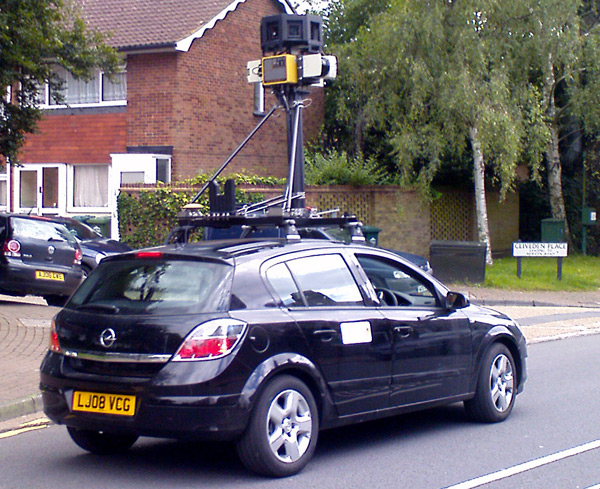From The Register…
An air traffic control fault that brought Dublin airport to its knees last week has been traced to an intermittently flakey network card.
Sadly, while the problem was simple enough to diagnose, it’ll be weeks before the airport’s air traffic control system will be able to run at full capacity.
The system went for a little lie down last Wednesday, and while it was back up and running soon enough concerns over its capacity meant authorities had to slash the number of flights in and out of the airport.
It wasn’t until Wednesday that the Irish Aviation Authority was prepared to say “operations at Dublin Airport are now generally meeting demand” though “some minor delays may be experienced at peak times”.
Thales ATM, the makers of Dublin’s ATC system, conducted a review of the system, and after crawling around the airport with their little torches, “confirmed the root cause of the hardware system malfunction as an intermittent malfunctioning network card which consequently overcame the built-in system redundancy”. The flakey card had been responsible for previous problems since June 2.
Apparently, Thales ATM stated ”that in ten similar Air Traffic Control Centres worldwide with over 500,000 flight hours (50 years), this is the first time an incident of this type has been reported”.
So, problem solved? Er, sadly not. The IAA has slapped in further monitoring tools, and plans “an enhancement” to the failure recovery system. But whatever happens, the system will need to be revalidated, which could take weeks. In the meantime, it will “slowly add capacity“, but for safety reasons “will not operate the system to its limit until the system has been re-validated”.
The Irish Times ran several pieces on the ensuing chaos, including this one which, en passant, contained a gem of a quote from RyanAir’s CEO.
Another contentious issue for passengers and airlines is compensation. Under European consumer regulations, passengers must be offered help free of charge while awaiting a rerouted flight, with meals, accommodation if necessary, transport between the airport and accommodation and telephone calls provided. But some airlines resent having to reimburse the cost of disruption which was not their fault. When asked yesterday about his passengers’ complaints that they weren’t offered the courtesy of a cup of a tea or a taxi fare to their hotel, Ryanair’s Michael O’Leary said: “Personally, I think that’s a load of nonsense. You paid an airfare of €40. You saved around €150. Buy your own cup of tea . . . Why are we providing cups of tea because the IAA can’t run a radar system properly?”



